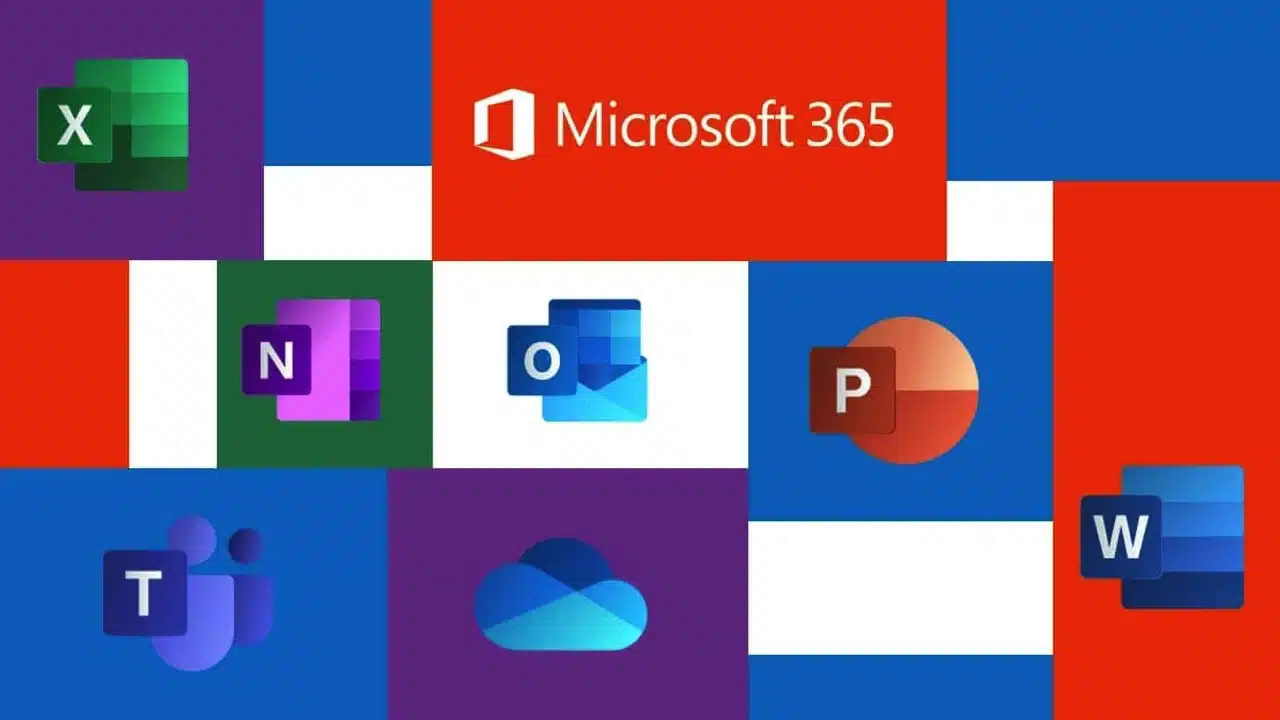Table Of Contents
Cloud disaster recovery has become essential for businesses looking to protect their operations.
It involves replicating key IT systems and data to a cloud-based infrastructure that can be failed over in the event of disruption.
Cloud disaster recovery dramatically improves a business’s resilience. If servers go down due to hardware issues, natural disasters, cyber-attacks, or other crises, cloud DR allows operations to continue from backup infrastructure in the cloud.
This minimises both data loss and downtime. Cloud disaster recovery can reinstate systems in hours or minutes rather than days or weeks. This helps businesses avoid revenue losses and reputational damage from prolonged outages.
This article explores the essential ingredients for cloud disaster recovery.
The Significance of Cloud Disaster Recovery
Robust disaster recovery strategies are a must-have for modern businesses, particularly for small and medium-sized enterprises (SMEs) that are disproportionately affected by cyber incidents.
In fact, a staggering 60% of small businesses are forced to close within six months following a cyber-attack, highlighting the catastrophic impact these events can have on smaller organisations.
Moreover, the frequency of cyberattacks is rising, with 62% of UK business owners observing an increase in the past two years. This is reflected in the alarming rate of hack attempts, where UK businesses face around 65,000 attempts daily, with 4,500 of these being successful.
Shockingly, the majority of SMEs lack off-site backups. This leaves their critical data at risk of being compromised in the same incident that affects their primary systems.
Despite these risks, only a small fraction of these businesses have cyber liability insurance, leaving them financially vulnerable to the aftermath of cyber incidents.
Understanding Cloud Disaster Recovery
As a business owner, you rely on your data and systems to keep operations running smoothly daily.
But what would happen if you suddenly couldn’t access your office, servers went down, or critical files were lost? Without a backup and disaster recovery plan, your business could grind to a halt.
Fortunately, with some proactive planning, you can prepare for worst-case scenarios and ensure business continuity.
Here’s an overview of how backup and disaster recovery works and why it’s essential for every business:
Backups: Your Data Insurance Policy
Backups create spare copies of your important files and data on a separate storage device or cloud backup service. Should you ever suffer data loss or corruption, you can restore from a recent backup rather than permanently lose that data.
Backups safeguard you from common issues like:
- Hardware failures causing data loss
- Accidental file deletion or overwrites
- Ransomware attacks encrypting files
- Natural disasters like fires or floods
- With a solid backup plan, you can quickly restore data and get back up and running with minimal downtime.
Disaster Recovery: Preparing for Major Outages
While backups help recover lost or corrupted data, disaster recovery focuses on quickly getting your core IT systems and operations back online after a major outage.
This could involve scenarios that result in total outages, such as:
- Fire, flood or natural disaster renders the office unusable
- Malware attack takes down infrastructure
- Power or internet outage causes systems to go offline
An effective disaster recovery plan outlines how to safely failover or switch critical systems and data to a secondary standby site.
It could also establish procedures for employees to keep working remotely until primary systems are restored.
Best Practices for Cloud Disaster Recovery
Effective cloud disaster recovery By adopting specific best practices, businesses can enhance their disaster recovery strategies.
Let’s explore these below:
1. Choosing the Right Service Provider
Selecting a quality disaster recovery provider is foundational to building a recovery plan that actually works.
The ideal provider should accommodate various infrastructure needs and offer other services, including regular scans for malware and vulnerabilities.
Assess providers based on their track record and experience. Explore Hamilton Group backup services here.
2. Defining Recovery Objectives
Effective disaster recovery requires clearly outlining quantitative goals for restoring operations through Recovery Point Objectives (RPOs) and Recovery Time Objectives (RTOs).
- RPO defines the maximum acceptable amount of data loss in the event of disruption – for example, losing no more than 4 hours of data.
- RTO sets targets for getting critical systems functional again after an incident – such as restoring email and core software systems within 6 hours.
Mission-critical business processes often demand more aggressive RPOs and RTOs to minimise potential revenue and productivity losses from long outages.
3. Data Encryption
With data breaches and cyber attacks now commonplace, encrypting sensitive information is non-negotiable when designing cloud disaster recovery architecture.
Encryption shields data from unauthorised access if compromised. Modern encryption standards like 256-bit AES provide robust data protection while stored “at rest” on networks and “in transit” over the internet.
Strict data encryption protocols for replicating systems to the cloud significantly reduce the risks of backed-up data being exposed.
Coupling encrypted disaster recovery infrastructure with stringent access controls and multi-factor authentication adds extra layers of protection.
4. Regular Testing and Updates
Disaster recovery plans require ongoing testing and updates. Simulate disasters on cloned test environments to help uncover plan weaknesses and gaps in staff training.
Testing provides clarity on actual recovery times versus targets as infrastructure evolves. Rigorously testing also hardens security by uncovering potential vulnerabilities before incidents strike live systems.
Equally important is revisiting disaster recovery strategies quarterly to keep pace with changes in IT infrastructure, business priorities and risk landscapes.
Summary
As the evidence suggests, safeguarding your business’s continuity against unforeseen disasters is more crucial than ever.
Cloud disaster recovery offers robust solutions to ensure your business remains resilient in the face of adversity.
From selecting the right service provider to establishing clear recovery objectives and encrypting data, these best practices are your blueprint for navigating the complexities of cloud-based disaster recovery.
For those looking to fortify their digital defences further, Hamilton Group provides bespoke cloud disaster recovery solutions tailored to your unique business requirements.
Ready to elevate your cloud disaster recovery plan? Reach out to us today and embark on a journey towards unparalleled digital resilience.
Call us on 01423 438953 or book an appointment from our live Calendar in the bottom right.
Get In Touch
Need expert IT assistance? Contact Hamilton Group today! Our specialists offer top-notch solutions tailored to your needs. Don’t let tech troubles hold you back.
Talk to us about your business 0330 043 0069
Or E-mail hello@hgmssp.com and one of our experts will get back to you.
Schedule A Quick Callback
The fastest way to figure out if we’re a good fit for your business is to have a quick chat about it. Schedule a 15-minute call so we can get right to the point.
Proactive, Responsive, Hamilton Group
Grab a drink and let’s have a quick chat about your business, and see how we can help you.
Book your call below or call us on 0330 043 0069


Carl Hamilton
A Message from our Founder/CEO
“We treat every client as if they were a part of our business to provide quality and comprehensive IT support that can be counted on 24/7, 365 days a year. We succeed only when you succeed.”
Let’s work together
IT Support You Can Trust
The best IT Support in Harrogate is also delivered across the UK 24/7 and we are ready to help you with all your Managed IT service needs. Services are provided in areas including Leeds, Liverpool, Manchester, Wakefield, Wetherby, York, Newcastle, Bradford, Bolton, Glasgow, Wigan, Derby, London, Luton, Birmingham, Sheffield, Peterborough, Portsmouth, Reading, Nottingham, Milton Keynes, Telford, and more.
Talk to us about partnering with an IT Support Company that cares
Move your business forward not back with HG.
Same Day Call-back.
Monday – Friday 09:00 – 17:30.
“Our email wasn’t performing very well so we asked Hamilton Group to take a look & Carl proposed to migrate us to MS Exchange.
Carl was very helpful throughout & the migration went very well.
He was on hand to sort out any teething issues, taking calls early morning & into the night, to ensure we were up & running smoothly.
Would recommend for knowledge, attention to detail & great customer service.”
Ian Porter
Fotofabric Limited












